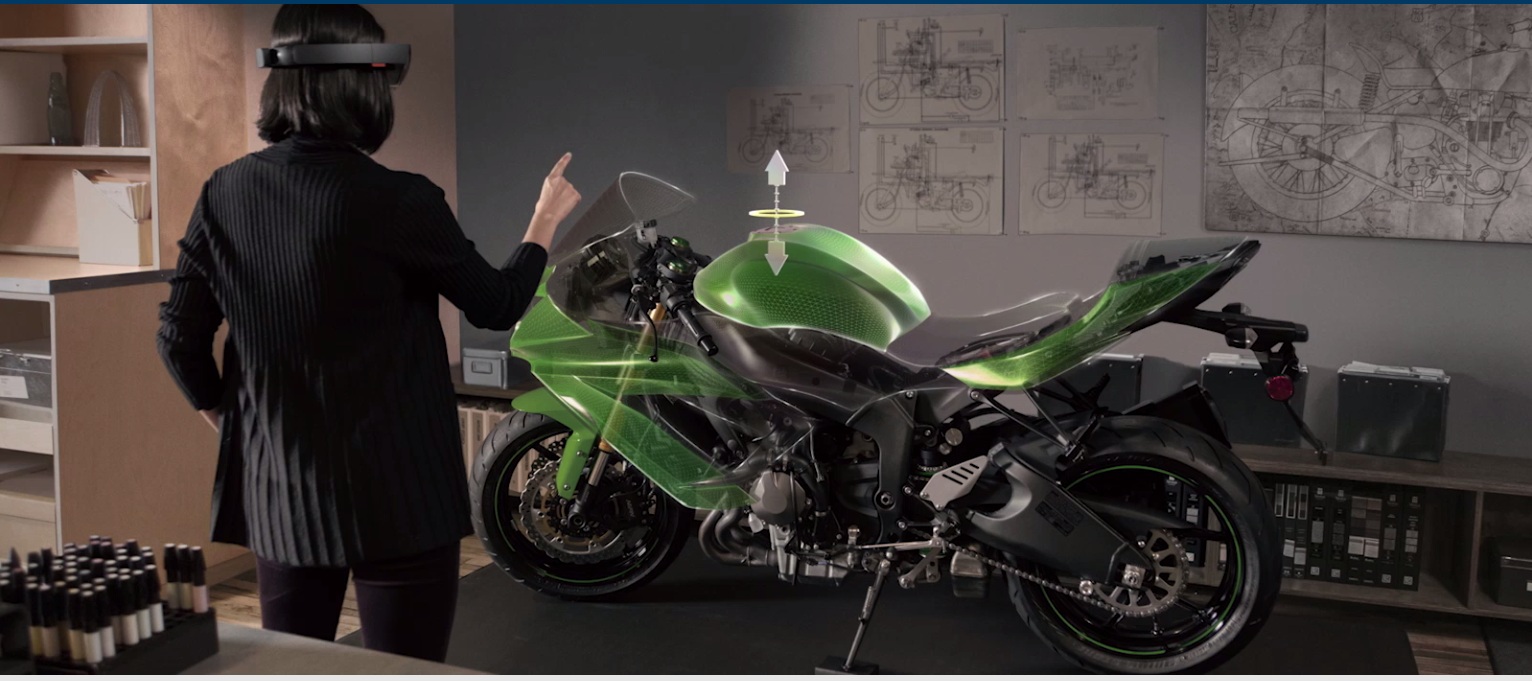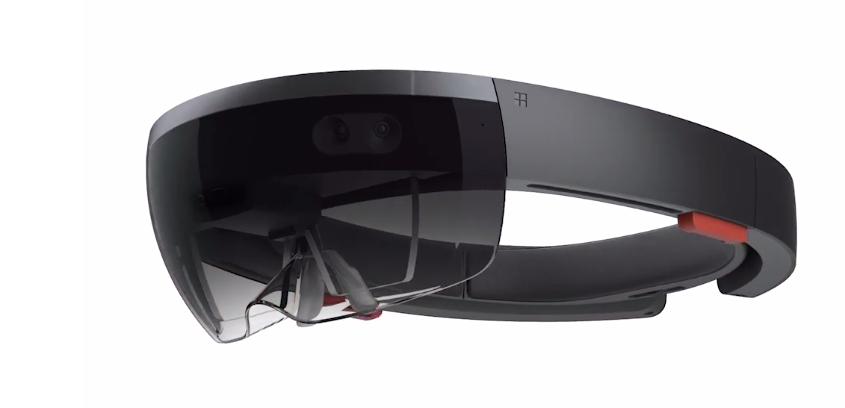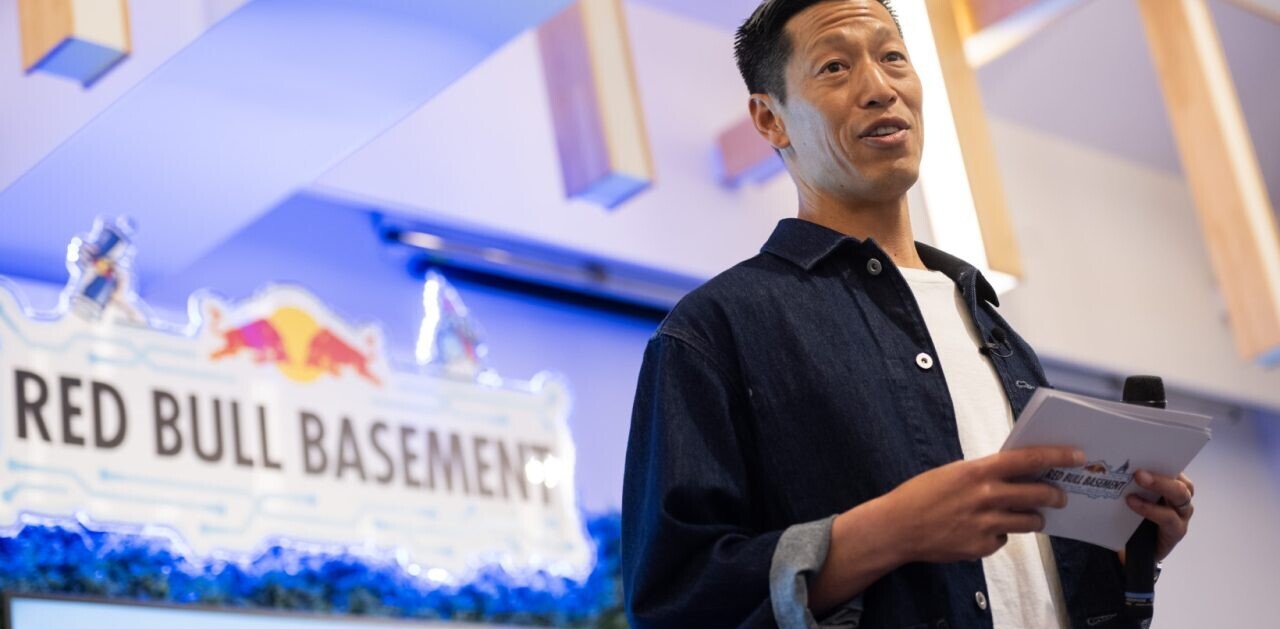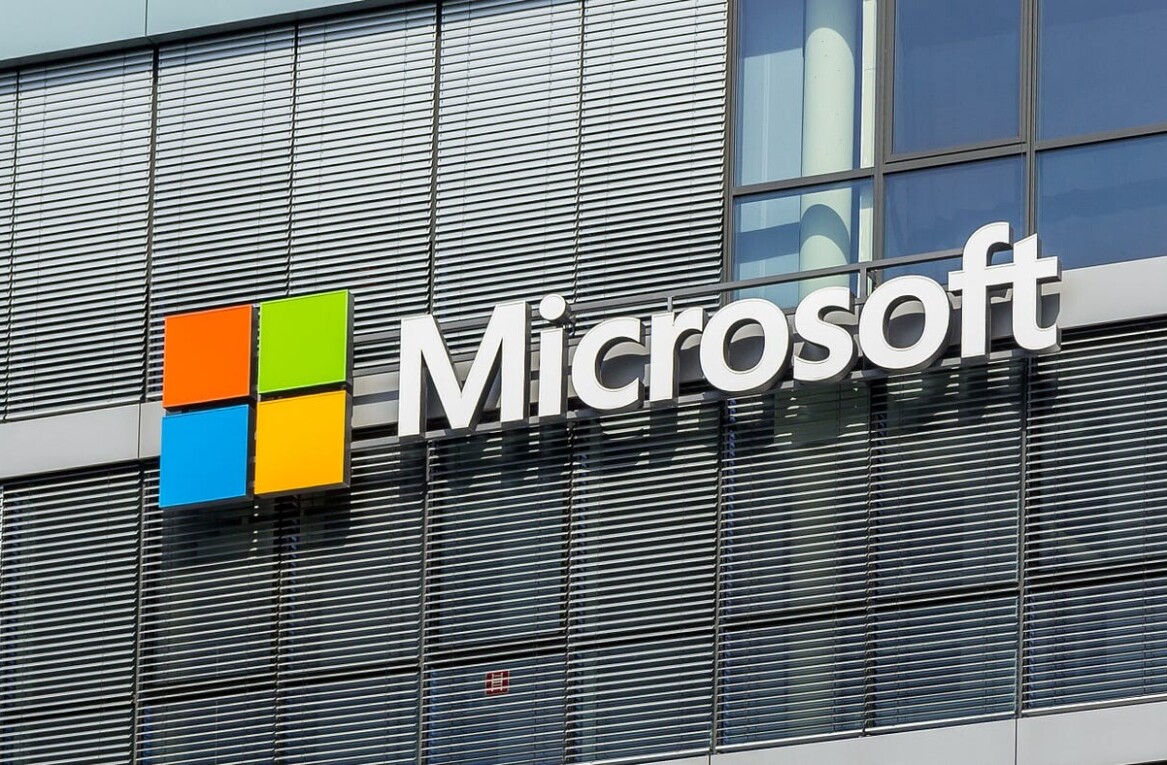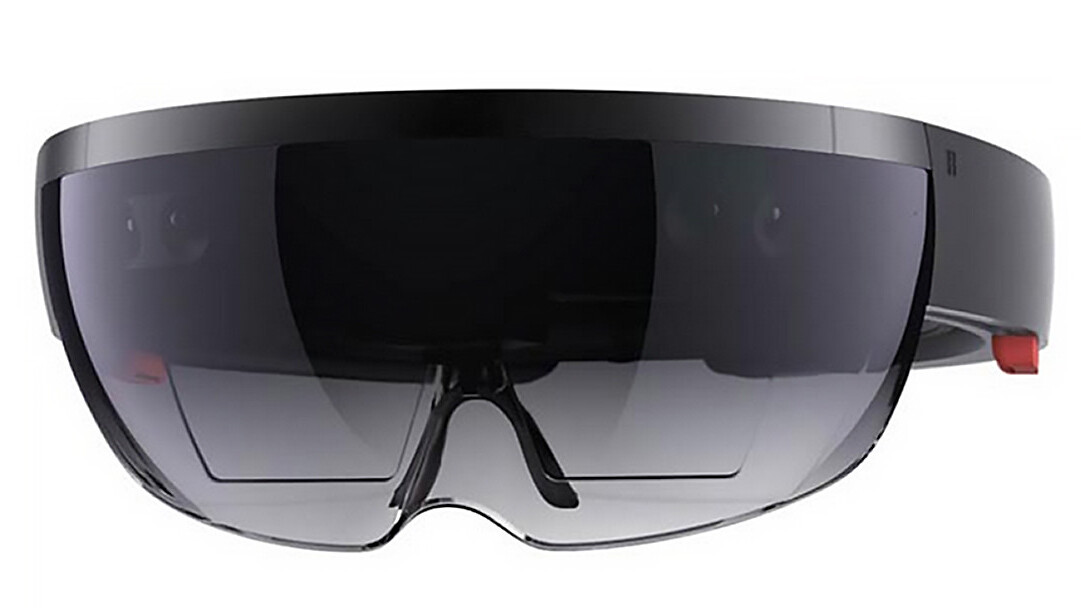
If you are a non-profit university or academic institution with a lust for virtual reality, you could be in luck.
Through its Academic Research Request for Proposals, Microsoft will award five US universities or educational institutions with $100,000 and two HoloLens kits a piece. These will be unrestricted gifts in order to fund the winning proposals. Awards are limited to accredited, degree-granting non-profit universities or a research institutions.
The awards are intended as seed-funding for larger initiatives, proofs of concept or demonstrations of feasibility. The funding is for one year only and Microsoft advises those who receive it to consider it as one component within a more extensive or broad project.
Microsoft has given some hints as to what it considers important subjects for research and has compiled a handy list on the HoloLens for Research website.
Today’s post emphasizes how much HoloLens means to the company and what it sees as universal potential for the technology’s application far beyond the narrow confines of gaming and tech-related activities. According to its blog post:
Microsoft believes that mixed reality can be used to create new experiences that will contribute to advances in productivity, collaboration, and innovation. We engage with researchers across many disciplines to push boundaries in the state of the art at the intersection of software and hardware.
Microsoft HoloLens is more than a simple heads-up display, and its transparency means you never lose sight of the world around you. High-definition holograms integrated with your real world will unlock all-new ways to create, communicate, work, and play.
The company has pinpointed the following ‘areas of interest’ to steer the community in the right direction.
- Data visualization: Using mixed reality to make large data sets easier to navigate and understand
- Evolution of pedagogy in STEM, medical and design education: Using 3D assets for high-level interactive training
- Future of communication and distributed collaboration: Remote training and support for first-responders and virtual conferences
- Interactive art and experimental media: Narrative storytelling, artistic expression and interactive journalism
- Psychology-related topics: Human perception and human-computer interaction
- Solving difficult problems and contributing new insights that are specific to the applicant’s field
All proposals must be written in English and submitted via the provided online application tool by September 5, 2015 at 11:30 pm PST.
While Microsoft makes no claim on data collected from this research, funded researchers must produce a white paper that describes what they learned from the project.
➤ Want a HoloLens for your university? Apply to Microsoft’s grant program
Read Next: After 50 years, you can finally buy a working Star Trek Communicator
Get the TNW newsletter
Get the most important tech news in your inbox each week.
